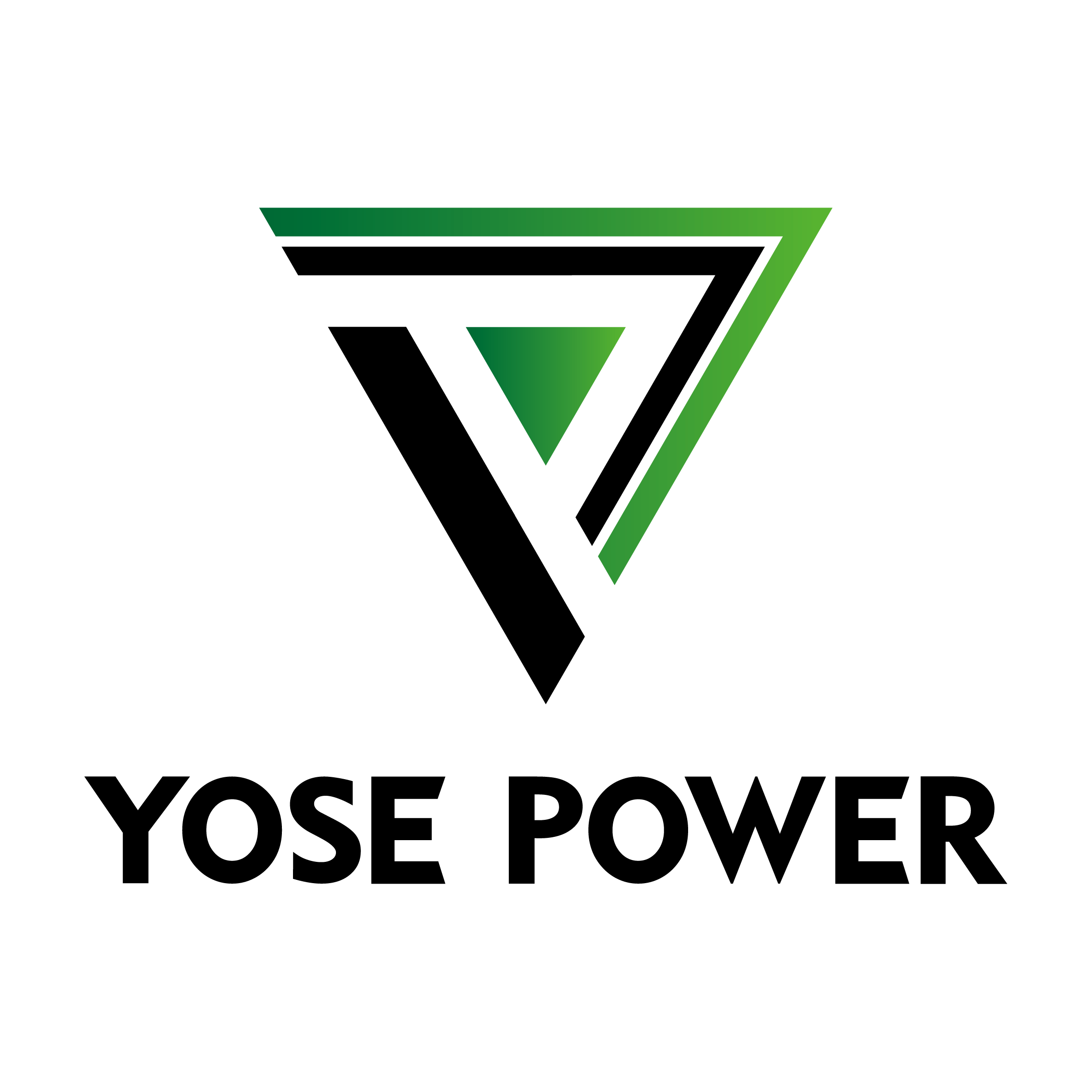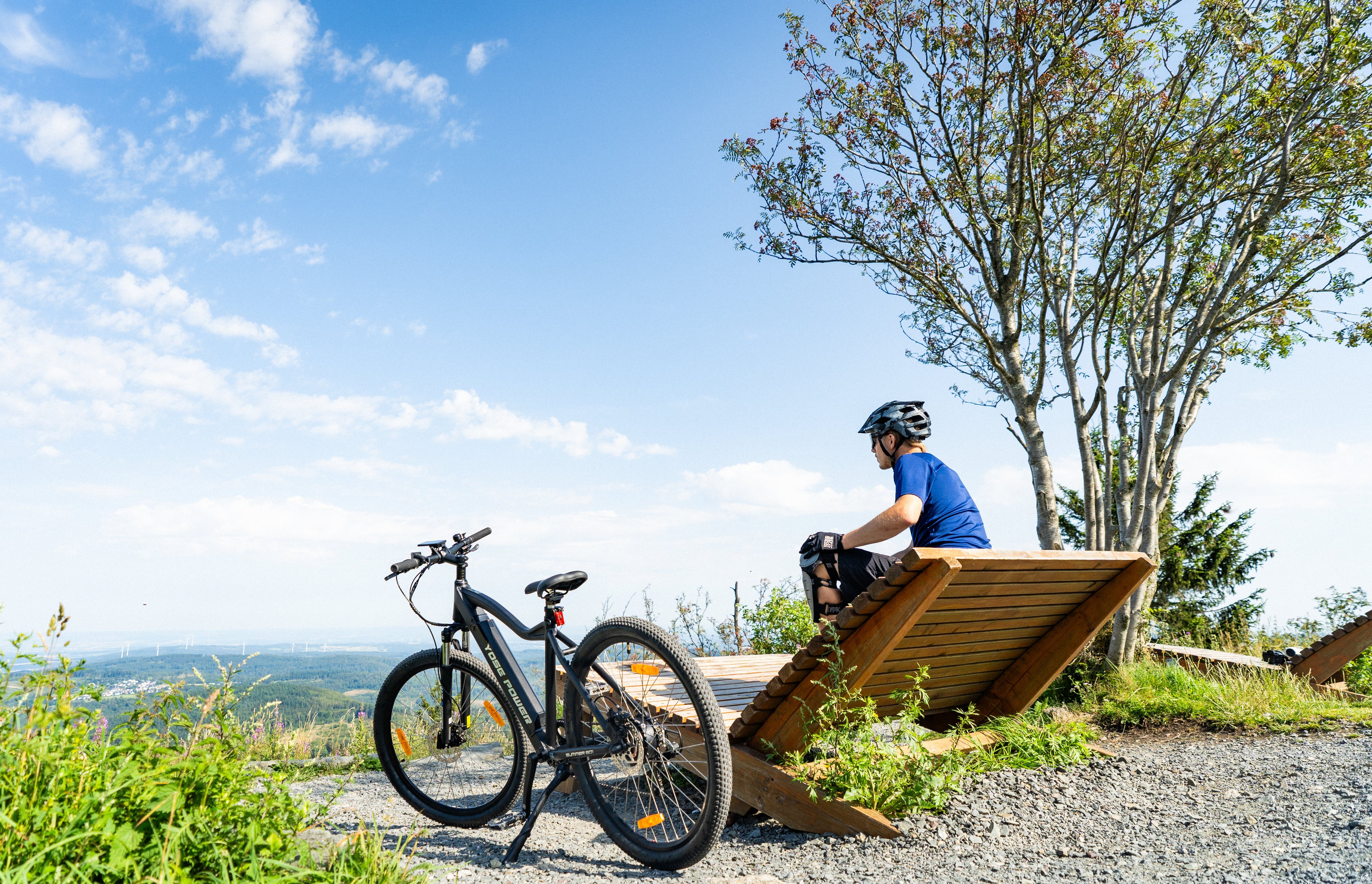Welcome to our Bicycle Parts Dictionary, a comprehensive guide designed for cycling enthusiasts. Whether you're a seasoned cyclist or a newbie to the world of electric bikes, understanding the components of your bicycle can enhance your riding experience and help you make informed decisions when purchasing or maintaining your bike. Let’s dive into the key parts that make up a bicycle.
Frame
The frame is the backbone of the bicycle, providing structural support and determining the bike's overall geometry. Typically made from aluminum, carbon fiber, steel, or titanium, the frame's material affects the bike's weight, strength, and ride quality.

Wheels
Wheels are critical for movement and consist of several parts:
- Rim: The outer edge of the wheel that holds the tire.
- Spokes: Thin rods connecting the rim to the hub, providing strength and stability.
-
Hub: The center part of the wheel where the spokes attach. It houses the axle and bearings.

Tires
Tires are the outer part of the wheel that contacts the ground. They come in various sizes and treads, designed for different terrains and riding styles. Proper tire inflation and tread selection are crucial for performance and safety.
Brakes
Brakes are essential for controlling speed and ensuring safety. Common types include:
- Rim Brakes: Pads that grip the wheel rim to slow down.
-
Disc Brakes: Metal discs attached to the wheel hub, providing superior stopping power, especially in wet conditions.

- Drum Brakes: Enclosed systems within the hub, offering durability and low maintenance.
-
Brake Lining: The replaceable friction material in brake pads that makes contact with the rim or disc to create braking force.

-
Brake Lever: The handlebar-mounted lever that the rider squeezes to activate the brakes.

Drivetrain
The drivetrain propels the bicycle forward and consists of:
- Pedals: Where the rider's feet apply force to move the bike.
- Chain: Transfers power from the pedals to the rear wheel.
-
Crankset: Comprises the crank arms and chainrings, converting pedal motion into rotational energy.

- Derailleurs: Mechanisms that move the chain between gears, found at the front (front derailleur) and rear (rear derailleur).
-
Rear Derailleur: Shifts the chain across the cassette at the rear wheel to change gears.

- Cassette: A set of sprockets on the rear wheel hub, providing multiple gear ratios.
-
Freewheel: Allows the rear wheel to rotate freely when the pedals are not moving.

- BB (Bottom Bracket): The bearing system that connects the crankset to the frame, allowing the crank arms to rotate smoothly.

-
Shifter Lever: The handlebar-mounted lever used to change gears by moving the derailleur.

Saddle
The saddle, or seat, supports the rider and affects comfort during rides. Saddles come in various shapes and materials to suit different riding styles and preferences.
-
Seat Post: Connects the saddle to the frame and allows for height adjustment.

Handlebars
Handlebars provide control and affect riding posture. Types include:
-
Flat Bars: Common in mountain bikes, offering an upright riding position.

- Drop Bars: Found on road bikes, allowing for multiple hand positions and an aerodynamic posture.
- Riser Bars: Higher than flat bars, providing comfort and control for casual or off-road riding.
-
Stem: Connects the handlebars to the steerer tube of the fork, affecting the bike's handling and reach.

-
Grip: The rubber or foam coverings on the handlebars that provide a comfortable and secure hold.

Suspension
Suspension systems absorb shocks from rough terrain, improving comfort and control. Key types are:
-
Front Suspension (Forks): Found on mountain bikes, cushioning impacts on the front wheel.

-
Rear Suspension: Present in full-suspension bikes, providing additional shock absorption at the rear.

Steering
- Fork: The part of the bike that holds the front wheel and connects to the frame. It can be rigid or have suspension.
-
Headsets: Bearings that allow the fork and front wheel to turn smoothly, essential for steering.

Electric Components
In electric bicycles, additional parts include:
-
Motor: Provides assistance to the rider, typically located in the hub or bottom bracket.

-
Battery: Powers the motor, with capacity affecting range and performance.

-
Controller: Manages power flow from the battery to the motor.

-
Display: Shows information like speed, battery level, and assistance mode.

Additional Components
-
Kickstand: A support mechanism that allows the bike to stand upright when not in use.

-
Tagge: This may refer to an identification tag or label on the bike for tracking or branding purposes.

-
Rear Carrier: A rack attached to the rear of the bike for carrying cargo.

-
Bell: A safety device mounted on the handlebars to alert others of the rider's presence.

Understanding these components not only helps in maintaining your bicycle but also in customizing and upgrading it to suit your riding needs. For those venturing into the realm of electric bicycles, this knowledge is invaluable in making the most of the advanced technology at your disposal.
Explore our range of electric bicycles and components to find the perfect match for your cycling adventures. Happy riding!
Use discount code 'YOSELILY' to get 10€ off on all purchases through this link.


Condividere:
Ways to Dispose of Used E-Bike Batteries
Protect Your E-Bike:Adopt Anti-Theft Measures